Home>Garden Essentials>How To Divide Up Lawn Care Tasks


Garden Essentials
How To Divide Up Lawn Care Tasks
Modified: September 2, 2024
Learn how to divide up garden tasks efficiently for your lawn care. Discover expert tips and strategies to maximize your gardening time and maintain a beautiful garden.
(Many of the links in this article redirect to a specific reviewed product. Your purchase of these products through affiliate links helps to generate commission for Storables.com, at no extra cost. Learn more)
Introduction
Keeping a garden or lawn in top shape requires regular care and maintenance. From mowing the grass and raking leaves to tackling weeds and pruning plants, there are many tasks that need attention. However, the workload can often feel overwhelming for one person to handle alone. That’s where dividing up lawn care tasks becomes essential.
Dividing up lawn care tasks not only helps share the workload but also ensures that each task receives the time and attention it deserves. By assigning specific responsibilities to different individuals or creating a schedule for yourself, you can maintain a well-groomed lawn without feeling burdened by the enormity of the work.
In this article, we will explore the benefits of dividing up lawn care tasks, provide tips for planning and organizing, and discuss the various tasks involved in maintaining a beautiful garden.
So, whether you have a small backyard or a sprawling landscape, let’s dive into the world of efficient lawn care and discover how to divide up the tasks for maximum productivity and enjoyment.
Key Takeaways:
- Divide up lawn care tasks to share the workload, promote collaboration, and ensure each task receives proper attention. This approach leads to a well-maintained garden and a sense of community.
- By incorporating good gardening practices, such as proper watering, fertilization, and pest control, you can promote the health and vitality of your plants and create a stunning outdoor space.
Why Divide Up Lawn Care Tasks
Dividing up lawn care tasks offers numerous benefits for both homeowners and garden enthusiasts. Here are some compelling reasons why you should consider delegating and sharing the workload:
- Efficiency and Time Management: Tackling all lawn care tasks on your own can be time-consuming and exhausting. By dividing up the tasks, you can allocate specific responsibilities to different individuals or set a designated schedule for each task. This not only increases efficiency but also ensures that each task is completed within a reasonable timeframe.
- Expertise and Specialization: Different lawn care tasks require varying levels of expertise and knowledge. Dividing up the tasks allows individuals to focus on areas where they excel or have specific expertise. For example, someone with a green thumb may take charge of the planting and gardening tasks, while someone with mechanical knowledge may handle the equipment maintenance.
- Reduced Physical Strain: Lawn care can be physically demanding, especially for larger properties. Dividing up the tasks ensures that no one person becomes overwhelmed with the workload or risks injury from overexertion. When tasks are shared, each individual can work at a reasonable pace and take breaks when needed, resulting in a healthier and happier team.
- Shared Responsibility: By dividing up the lawn care tasks, everyone involved feels a sense of ownership and responsibility towards the garden. Each individual understands their role and contributes towards its upkeep, fostering a collaborative and shared sense of pride in the results.
- Learning and Skill Development: Dividing up lawn care tasks provides an excellent opportunity for individuals to learn and develop new skills. By assigning different tasks to people, they can acquire knowledge and expertise in areas where they may not have previous experience. This not only expands their individual skill set but also creates a more knowledgeable and well-rounded team.
- Increased Enjoyment: When lawn care tasks are divided, the workload becomes more manageable, allowing individuals to focus on specific tasks and do them well. This can lead to a greater sense of enjoyment and satisfaction in the process of maintaining a beautiful garden. Additionally, dividing up the tasks provides more time for individuals to appreciate and relax in the beauty of their well-kept outdoor space.
By dividing up lawn care tasks, you can create a more efficient, enjoyable, and sustainable approach to garden maintenance. Now that we understand the benefits, let’s delve into the planning and organizing aspect of dividing the tasks.
Planning and Organizing
Before diving into the specific lawn care tasks, it’s crucial to have a well-thought-out plan and an organized system in place. Here are some steps to help you plan and organize the division of lawn care tasks:
- Assess the needs of your lawn: Start by evaluating the specific needs of your garden or lawn. Consider factors such as lawn size, soil type, climate, and existing plants. This assessment will help you determine which tasks are essential and prioritize them accordingly.
- Create a task list: Make a comprehensive list of all the lawn care tasks that need to be done. These can include mowing, trimming, watering, weeding, fertilizing, planting, raking leaves, and more. Having a clear task list will enable you to allocate responsibilities more effectively.
- Identify strengths and interests: Take stock of the skills, strengths, and interests of the individuals involved in the lawn care. Determine who has a passion for gardening, who enjoys operating machinery, or who possesses knowledge of plant diseases. Assign tasks based on their preferences and expertise to ensure a more productive and enjoyable experience.
- Set a schedule: Establish a regular schedule for each task based on their frequency and seasonality. Some tasks, like mowing, may need to be done weekly, while others, such as fertilizing, can be done less frequently. Create a calendar or a shared document to keep track of when each task should be performed.
- Allocate resources: Determine the necessary resources and tools required for each task. Ensure that each person responsible for a specific task has access to the relevant equipment and supplies. This may include lawn mowers, trimmers, hand tools, fertilizers, and protective gear. Make sure to communicate and coordinate the sharing of resources effectively.
- Communicate and collaborate: Open and clear communication is key to successful task division. Clearly define each person’s responsibilities and ensure everyone understands their roles. Encourage open dialogue and collaboration to address any challenges or concerns that may arise during the process.
- Regularly review and adjust: As the lawn care season progresses, regularly review the effectiveness of the task division and adjust as needed. Evaluate the outcomes of each task and make modifications to improve efficiency, equalize workload distribution, or accommodate changing circumstances.
By following these steps, you can create an organized and well-structured plan for dividing up lawn care tasks. With a solid foundation in place, it’s time to delve into the specific tasks involved in maintaining a healthy and vibrant garden.
Task 1: Mowing the Lawn
Mowing the lawn is perhaps one of the most common and essential tasks in lawn care. It not only keeps your grass looking neat and well-maintained but also promotes healthy growth. Here are some tips and considerations for mowing the lawn:
- Frequency: The frequency of mowing depends on the season and the growth rate of your grass. In general, aim to mow your lawn once a week during the active growing season. However, adjust the frequency based on grass growth. If your lawn is growing rapidly, you may need to mow more often.
- Height: Set your mower to the appropriate height for your grass type. Different grass species have different height preferences. As a general rule, never remove more than one-third of the grass blade length in a single mowing session. This ensures that the grass remains healthy and retains its ability to photosynthesize efficiently.
- Sharpen Blades: Dull mower blades can tear the grass instead of providing a clean cut. Sharpen the blades regularly to ensure a crisp and even cut. Dull blades can also stress the grass and make it more susceptible to disease.
- Vary Mowing Patterns: To prevent grass from leaning in one direction and to achieve an even appearance, vary your mowing patterns. Change the direction you mow each time to promote upright growth. Additionally, alternating the patterns reduces soil compaction and prevents the grass from developing ruts.
- Grass Clippings: Consider leaving the grass clippings on the lawn after mowing. This practice, known as grasscycling, returns valuable nutrients back to the soil. If the grass clippings are too long or excessive, use a grass catcher or rake them up to avoid smothering the grass.
- Timing: Mow the lawn when it is dry to achieve a cleaner cut. Wet grass can clump together and lead to an uneven trim. Also, avoid mowing during the hottest part of the day to prevent stress on the grass.
- Equipment Maintenance: Regularly maintain your mower by cleaning it, checking the oil and filters, and replacing spark plugs if necessary. A well-maintained mower will ensure efficient performance and a clean cut.
By following these guidelines, you can achieve a well-manicured lawn and ensure the healthy growth of your grass. Remember to take your time while mowing and enjoy the process of transforming your outdoor space into a beautiful and inviting environment.
Task 2: Trimming and Edging
In addition to mowing the lawn, trimming and edging are important tasks that contribute to the overall neatness and aesthetic appeal of your outdoor space. Here are some tips and considerations for effectively trimming and edging your lawn:
- Trimming: Use a string trimmer or a pair of handheld shears to trim any grass or weeds that the mower missed. Trim around the edges of walkways, fences, trees, and flower beds to create clean lines and prevent overgrowth.
- Edging: Edging involves creating a distinct separation between the lawn and other landscaping elements, such as sidewalks, driveways, and flower beds. Use an edging tool or a straight-edge shovel to cut a clean, vertical line along the edge of the lawn. This creates a defined boundary and prevents grass from encroaching onto other areas.
- Frequency: Trim and edge your lawn as needed, typically every two to three weeks or whenever you notice significant overgrowth. Regular upkeep ensures that your lawn stays tidy and prevents grass from spreading into unwanted areas.
- Technique: When trimming, work in a smooth, sweeping motion to achieve an even and uniform result. Take care not to trim too close to the ground, as this can expose the soil and damage the grass. For edging, hold the edging tool at a slight angle and make a clean, straight cut along the edge.
- Clean Up: After trimming and edging, collect and remove any clippings or debris to maintain a neat appearance. Dispose of the trimmings properly or add them to a compost pile if suitable.
- Consider Safety: When using trimmers or handheld shears, wear protective gloves and eyewear to safeguard yourself from debris or accidental cuts. If using an electric trimmer, be cautious of the cords and ensure they are free from potential hazards.
- Creativity: Trimming and edging can be an opportunity to showcase your creativity and add visual interest to your lawn. Experiment with different patterns and shapes, such as curved edges or diagonal lines, to give your outdoor space a unique and personalized touch.
By incorporating trimming and edging into your lawn care routine, you can enhance the overall appearance of your outdoor area and create a well-defined and well-maintained landscape. Trim and edge with care, and enjoy the clean lines and polished look of your garden.
Task 3: Weed Control
Weeds are an inevitable nuisance in any garden or lawn, and controlling them is a crucial task to maintain a healthy and beautiful outdoor space. Here are some tips and strategies for effective weed control:
- Regular Inspections: Conduct regular inspections of your lawn and garden to identify and spot weeds early. By catching them early, you can prevent them from spreading and becoming more challenging to control.
- Hand Pulling: For small areas or individual weeds, hand pulling can be an effective method. Ensure you remove the entire weed, including the root, to prevent regrowth. Use a hand tool or wear gloves for easier gripping and to protect your hands.
- Mulching: Apply a layer of mulch around plants and flower beds to suppress weeds. Mulch blocks sunlight, preventing weed seeds from germinating and competing with your desired plants for resources. Opt for organic mulch like bark chips or straw, which also helps improve soil moisture and temperature regulation.
- Chemical Herbicides: If the weed infestation is extensive or persistent, consider using chemical herbicides as a last resort. Choose herbicides specifically formulated for your type of weeds and follow the manufacturer’s instructions carefully. Be mindful of potential environmental impacts and always use herbicides responsibly.
- Lawn Care Practices: Maintaining a healthy lawn can help prevent weed growth. Regularly mow the grass at the appropriate height, as taller grass shades out weed seedlings. Fertilize properly to promote vigorous turf growth, which can outcompete weeds. Aerate the soil to improve drainage and prevent weed encroachment.
- Crop Rotation: If you have a vegetable garden, practice crop rotation to disrupt weed life cycles. By rotating your crops annually, you can prevent specific weeds from becoming established and reduce the likelihood of recurrence.
- Proper Watering: Water your plants and lawn deeply and infrequently rather than with frequent shallow watering. This helps establish deep root systems for your desired plants, making them more resilient to weed competition.
- Pre-emergent Herbicides: Pre-emergent herbicides can be applied before weed seeds germinate, creating a barrier that inhibits their growth. Timing is crucial for their effectiveness, so follow the instructions carefully and apply at the recommended times.
- Regular Maintenance: Consistency is key when it comes to weed control. Incorporate regular weeding and monitoring into your lawn care routine to stay on top of new weed growth and prevent their spread.
Remember that weed control is an ongoing process and may require a combination of strategies to achieve satisfactory results. With a proactive approach and regular maintenance, you can keep weeds at bay and enjoy a healthier and more pristine outdoor space.
Task 4: Fertilizing
Fertilizing your lawn and garden is an essential task that provides the necessary nutrients for healthy plant growth and vibrant blooms. Here are some tips and considerations for effective fertilization:
- Soil Testing: Before fertilizing, it is beneficial to test your soil to determine its nutrient levels and pH. Soil testing kits or services can provide valuable insights into the specific nutrient deficiencies and guides you on selecting the right type and amount of fertilizer.
- Choose the Right Fertilizer: Select a fertilizer that matches the nutrient requirements of your plants and the soil test results. Fertilizers are typically labeled with three numbers that represent the percentage of nitrogen (N), phosphorus (P), and potassium (K) in the product, respectively. Each nutrient plays a specific role in plant growth and development, so choose a fertilizer that suits your specific needs.
- Follow Application Instructions: Read and follow the instructions provided by the fertilizer manufacturer for proper application rates and frequency. Applying too much or too little fertilizer can harm plants and the environment. Use a spreader to ensure even distribution.
- Timing: Determine the appropriate timing for fertilizing based on the specific needs of your plants. Different plants may have different fertilization requirements. Generally, applying fertilizer in early spring and late fall, when plants are actively growing, is beneficial.
- Watering: After applying fertilizer, water your lawn or garden thoroughly. This helps to activate the fertilizer and carries the nutrients into the soil, allowing plants to absorb them more effectively.
- Organic Alternatives: Consider using organic fertilizers, such as compost, worm castings, or well-decomposed manure. These natural alternatives improve soil health and provide a slow-release of nutrients, promoting long-term sustainability.
- Top-Dressing: Top-dressing involves applying a thin layer of compost or organic matter over the soil’s surface. This practice enriches the soil, improves its structure, and provides a slow-release of nutrients to plants.
- Monitor and Adjust: Regularly monitor the condition of your plants and assess the results of fertilization. Adjust your fertilization schedule or nutrient ratios as needed based on plant performance and any observable deficiencies or excesses.
- Proper Storage: Store fertilizers in a cool, dry place, away from direct sunlight and moisture. Ensure containers are tightly sealed to maintain their quality and prevent moisture absorption or clumping.
Fertilizing is an important aspect of lawn care and gardening. By providing the right nutrients in the right amounts, you can promote healthy growth, vibrant blooms, and overall plant vigor. Be mindful of the specific needs of your plants and regularly assess their performance to achieve optimal results.
Divide lawn care tasks by season. In spring, focus on aerating and fertilizing. Summer is for mowing and watering. Fall is for raking leaves and winterizing.
Task 5: Watering
Watering is a fundamental task in maintaining a healthy and thriving garden or lawn. Proper watering ensures that plants receive the necessary moisture for growth and survival. Here are some tips and considerations for effective watering:
- Watering Frequency: Determine the watering frequency based on the specific needs of the plants and the prevailing weather conditions. Different plants require different amounts of water. Factors such as soil type, plant maturity, and weather patterns influence watering needs.
- Deep Watering: When watering, aim for deep and thorough penetration into the soil rather than shallow and frequent watering. This encourages plants to develop deep root systems, making them more resilient to drought conditions.
- Time of Day: Water your plants in the early morning or late afternoon to minimize water loss due to evaporation. Avoid watering during the hottest part of the day to prevent scorching of leaves and stems.
- Watering Techniques: Use techniques appropriate for the type of plants and the watering needs. For lawns, a sprinkler system or a sprinkler attached to a hose can provide even coverage. For flower beds or potted plants, consider using a watering can or a drip irrigation system to deliver water directly to the root zone.
- Monitor Soil Moisture: Regularly monitor soil moisture to determine when to water. Stick your finger into the soil or use a moisture meter to gauge the moisture level. Water when the top few inches of soil are dry, but avoid overwatering, which can lead to waterlogged roots and the development of fungal diseases.
- Consistent Watering: Be consistent with your watering schedule to avoid stress on plants. Inconsistent watering, with periods of drought followed by excessive watering, can lead to root rot and other plant health issues.
- Water in the Root Zone: Direct the water to the root zone of the plants rather than soaking the foliage. This minimizes the risk of disease and ensures that the water reaches where it is needed most.
- Consider Rainwater Collection: Utilize rainwater by collecting it in barrels or rain barrels. Rainwater is naturally free of additives and beneficial for plants. Use it for watering during dry periods or in regions with water restrictions.
- Adjust with the Seasons: Adjust your watering schedule as the seasons change. Plants have different water requirements during different seasons. Reduce watering during cooler weather and increase it during hot and dry periods.
- Plant Watering Needs: Educate yourself about the specific water needs of the plants in your garden. Some plants may prefer drier conditions, while others require more frequent watering. Group plants with similar water needs together to ensure efficient watering.
Proper watering is essential for maintaining plant health and promoting growing success. By staying attentive to the needs of your plants and practicing smart watering techniques, you can create an environment where your plants can flourish and thrive.
Task 6: Raking Leaves
Raking leaves is a seasonal task that helps maintain the health and appearance of your lawn while preventing potential damage and fungal diseases. Here are some tips and considerations for effective leaf raking:
- Timing: Rake leaves as they begin to accumulate on the ground. Aim to complete this task before the leaves become wet due to rain or morning dew. Wet leaves can be heavier and more challenging to handle.
- Equipment: Use a sturdy rake with flexible tines designed for leaf raking. Choose a rake that matches the size of the area you need to cover. For larger properties, consider using a leaf blower or vacuum for more efficient leaf removal.
- Technique: Start by creating a pile of leaves in one corner of the yard. Use a sweeping motion with the rake to gather leaves into piles. To minimize stress on your back and muscles, push the leaves instead of lifting them whenever possible. Once the piles are created, bag or compost the leaves accordingly.
- Leaf Disposal: Dispose of leaves by either bagging them for curbside pickup or utilizing them for composting. Leaves make excellent compost material and can contribute to creating nutrient-rich soil. If composting, shred the leaves first to speed up the decomposition process.
- Mulching Option: Consider using a mulching lawnmower attachment if you have a large quantity of leaves. Mulching shreds the leaves into small pieces and allows them to decompose directly into the lawn, providing natural nutrients for the soil. This method eliminates the need for raking and bagging in some cases.
- Leaf Compost: If you have space available, create a dedicated leaf composting area. Layer leaves with other organic materials like grass clippings or kitchen scraps to speed up the decomposition process. Over time, you will have nutrient-rich leaf compost to enrich your garden beds or use as mulch.
- Organic Leaf Management: Alternatively, you can leave a thin layer of leaves on your lawn as natural mulch. This layer can protect the grass from extreme temperatures and conserve moisture. However, too thick of a layer can smother the grass, so ensure that light can still reach the blades.
- Safety Precautions: Take necessary precautions while raking leaves, such as wearing gloves and protective eyewear, to avoid contact with allergens or harmful debris. Pace yourself and take breaks as needed, especially if you have a large area to cover.
- Community Leaf Collection: Check if your community offers leaf collection services. Some municipalities may have scheduled pickups or designated drop-off locations for leaves. Participating in community leaf management programs can save you time and effort.
Raking leaves contributes to the overall health and visual appeal of your lawn and garden. Whether you choose to bag them, compost them, or use them as natural mulch, proper leaf management ensures a clean and well-maintained outdoor space. Enjoy the process of raking leaves while experiencing the beauty of the changing seasons.
Task 7: Planting and Gardening
Planting and gardening are rewarding tasks that allow you to unleash your creativity and enhance the beauty of your outdoor space. Whether you’re starting a new garden or maintaining existing beds, here are some tips and considerations for successful planting and gardening:
- Plan and Design: Consider the layout, theme, and purpose of your garden. Determine which plants will thrive in your specific climate, soil conditions, and available sunlight. Sketch out a plan to ensure a cohesive and visually appealing design.
- Plant Selection: Choose plants based on their suitability for the intended location. Take into account factors such as sun/shade preferences, soil type, mature size, and water requirements. Consider a mix of annuals, perennials, shrubs, and trees for a well-rounded and dynamic garden.
- Prepare the Soil: Ensure that the soil is well-prepared before planting. Remove weeds, rocks, and debris, and amend the soil with compost or organic matter to improve its fertility, texture, and drainage. Test the soil’s pH and make adjustments if necessary.
- Planting Techniques: Dig holes that are wide enough and deep enough to accommodate the root balls of your plants. Place the plants in the holes at the appropriate depth and backfill with soil, gently firming it around the roots. Water the newly planted plants thoroughly to settle the soil around the roots.
- Watering New Plants: Newly planted or transplanted plants require regular watering to establish healthy root systems. Follow watering guidelines specific to each plant and monitor soil moisture levels. Avoid overwatering, which can lead to root rot, but ensure that the plants receive enough moisture as they establish themselves.
- Mulching: Apply a layer of organic mulch around plants to conserve moisture, suppress weeds, and regulate soil temperature. Leave a gap around the stem or trunk to prevent moisture-related diseases. Replenish mulch as needed to maintain an adequate depth.
- Pruning and Trimming: Regularly prune and trim plants to remove dead or damaged branches, promote healthy growth, and maintain desired shapes. Pruning also improves airflow and reduces the risk of disease in dense foliage. Use sharp and clean tools to make precise cuts.
- Weeding: Regularly inspect your garden beds and remove any weeds that appear. Weeds compete with your desired plants for nutrients, water, and sunlight. Pull out weeds by hand or use gardening tools. Take care not to disturb the roots of your plants while weeding.
- Fertilizing: Apply fertilizers based on the specific needs of your plants. Use slow-release or organic fertilizers to provide a steady and balanced supply of nutrients. Follow package instructions for application rates and timing. Avoid over-fertilization, as it can cause burning or excessive foliage growth.
- Monitor and Maintain: Regularly monitor the health of your plants for signs of pests, diseases, or nutrient deficiencies. Take appropriate measures to address any issues promptly. Keep the garden free from debris, dead leaves, and spent flowers to maintain cleanliness and prevent disease spread.
- Enjoy the Process: Gardening is a fulfilling and therapeutic activity. Take pleasure in the beauty and growth of your plants. Observe insects, birds, and other wildlife that visit your garden. Experiment with new plant varieties or garden techniques. Gardening is a continuous learning experience that offers endless opportunities for personal enjoyment and growth.
Planting and gardening provide opportunities to connect with nature, express your creativity, and create a beautiful and thriving outdoor space. With proper care, attention, and a little bit of love, your garden will flourish and bring you joy for years to come.
Task 8: Equipment Maintenance
Maintaining your gardening equipment is essential for optimal performance, longevity, and safety. Proper care and regular maintenance ensure that your tools are ready to tackle any garden task. Here are some tips for effective equipment maintenance:
- Cleaning: After each use, thoroughly clean your tools to remove dirt, debris, and plant residues. Use a brush or cloth and mild detergent to clean blades, handles, and other surfaces. Dry the tools completely to prevent rust and corrosion.
- Sharpening: Sharp tools are more efficient and provide cleaner cuts. Regularly inspect blades and edges of cutting tools, such as pruners, shears, and lawnmower blades. Use a sharpening tool or file to maintain sharpness. Follow the manufacturer’s guidelines for sharpening angles and techniques.
- Lubrication: Apply lubricating oil or silicone spray to moving parts, such as hinges, joints, and metal surfaces, to prevent rust and ensure smooth operation. Wipe off any excess oil to avoid attracting dirt or dust.
- Checking for Damage: Regularly inspect your tools for signs of damage or wear. Check handles for cracks or splinters and replace them if necessary. Examine blades and cutting edges for chips or dullness. Look for loose screws or bolts and tighten them as needed.
- Replacing Parts: If any part of your gardening equipment is damaged beyond repair or shows signs of significant wear, consider replacing it. It is crucial to have fully functional tools for efficient and safe use.
- Proper Storage: Store your gardening tools in a clean, dry, and secure location. Hang tools with handles or use a designated tool rack to prevent them from coming into contact with the ground and potentially getting damaged. Protect blades and cutting edges with blade covers or by wrapping them in cloth.
- Seasonal Preparation: Before storing your tools for an extended period, such as during the winter months, take time to prepare them. Clean and dry the tools thoroughly, apply a light coat of oil to metal surfaces, and ensure that any moving parts are well-lubricated. This protects against rust and corrosion during storage.
- Safety Precautions: When handling and maintaining gardening equipment, always prioritize safety. Wear protective gloves and goggles, especially when dealing with sharp blades or tools that produce sparks. Follow the manufacturer’s safety guidelines and use tools in accordance with their intended purpose.
- Regular Inspections: Schedule regular inspections of your equipment to ensure that everything is in good working condition. Check electrical cords for fraying or damage and replace them if necessary. Inspect hoses, sprayers, and nozzles for leaks or cracks and repair or replace them as needed.
- Seek Professional Help: If you are unsure about how to maintain or repair a particular tool, consider seeking professional help. Local garden centers or authorized service centers can provide guidance, perform maintenance tasks, or address any equipment issues you may encounter.
By dedicating time and attention to equipment maintenance, you can extend the lifespan of your tools and ensure they perform optimally, enhancing your gardening experience. Regular maintenance not only saves you time and money but also promotes safety and efficiency in your garden tasks.
Task 9: Dealing with Pests and Diseases
Pests and diseases can pose a threat to the health and wellbeing of your plants. Addressing them promptly and effectively is crucial for maintaining a thriving garden. Here are some tips for dealing with pests and diseases:
- Identification: Learn to identify common pests and diseases that affect the plants in your garden. Look for signs such as chewed leaves, discolored or distorted foliage, wilting, or the presence of pests. Proper identification is crucial for selecting the appropriate treatment methods.
- Cultural Practices: Implement good cultural practices that promote plant health and prevent pest and disease issues. This includes proper watering, appropriate fertilization, adequate spacing between plants, removing dead or diseased plant material, and practicing crop rotation.
- Monitoring: Regularly monitor your plants for signs of pests or diseases. Check the undersides of leaves, stems, and soil surfaces. Early detection allows for prompt intervention and reduces the potential for widespread infestation or disease spread.
- Physical Removal: For small pest populations, manually remove pests from plants using your hands or a gentle spray of water. This is particularly effective for soft-bodied insects, such as aphids and caterpillars. Drop them into a bucket of soapy water or dispose of them away from the garden.
- Biological Controls: Introduce beneficial insects, such as ladybugs, lacewings, or parasitic wasps, into your garden. These natural predators help control pest populations by feeding on them. Avoid broad-spectrum insecticides that may harm beneficial insects.
- Organic Pest Control: Explore organic methods for pest control, such as using neem oil, insecticidal soaps, or horticultural oils. These products are derived from natural sources and are less harmful to beneficial insects and the environment.
- Integrated Pest Management (IPM): Implement an IPM approach, which combines multiple pest control strategies. This includes cultural practices, physical and biological controls, as well as, if necessary, targeted and judicious use of chemical pesticides. IPM aims to minimize pesticide use while effectively managing pest populations.
- Disease Management: Prune and remove infected plant material to prevent the spread of diseases. Clean pruning tools with a disinfectant between cuts or plants to avoid cross-contamination. Properly dispose of the affected plant material, preferably by burning or sealing it in a plastic bag.
- Fungicides and Pesticides: Use fungicides or pesticides as a last resort and only when necessary. Follow the instructions on the product label carefully to ensure safe and effective application. Consider less toxic alternatives and select products that target specific pests or diseases.
- Continual Learning: Stay informed and educate yourself about common pests and diseases in your area. Regularly read gardening resources, attend workshops or seminars, and seek guidance from local gardening experts. The more knowledge you have, the better equipped you’ll be to address potential issues.
Dealing with pests and diseases is an ongoing task in gardening. By implementing preventive measures, regularly monitoring your plants, and taking appropriate action when needed, you can minimize damage and promote the overall health of your garden.
Task 10: Seasonal and Specialized Tasks
In addition to the regular maintenance tasks, there are seasonal and specialized tasks that require attention to ensure the health and vitality of your garden. These tasks vary depending on the time of year and the specific needs of your plants. Here are some examples of seasonal and specialized tasks to consider:
- Spring Tasks: Spring is a time of renewal and growth in the garden. Tasks may include preparing and amending the soil, starting seeds indoors or sowing them directly in the garden, pruning dormant plants, and fertilizing. This is also an opportune time for dividing and transplanting perennials.
- Summer Tasks: Summer tasks often involve maintaining moisture levels in the garden. These include regular watering, mulching to conserve moisture, deadheading spent flowers, and monitoring for pests and diseases. Additionally, summer is a great time for harvesting vegetables, fruits, and herbs.
- Fall Tasks: Fall is a season of preparation for the upcoming winter. Tasks may include cleaning up fallen leaves, cutting back spent plants, and pruning certain trees and shrubs. It is also an ideal time to divide and replant perennials, plant new trees or shrubs, and apply a final round of fertilizer to support root growth.
- Winter Tasks: While the garden may appear dormant in winter, there are still tasks to be done. Protect sensitive plants from cold temperatures with mulch or coverings. This is also a good time to clean and sharpen garden tools, plan for the upcoming growing season, and start seedlings indoors.
- Specialized Tasks: Depending on the unique needs of your garden, there may be specialized tasks to consider. These can include pruning fruit trees to maximize fruit production, training climbing plants on trellises or support structures, creating and maintaining a compost pile, or constructing raised beds or a greenhouse for year-round gardening.
- Soil Testing and Amendments: Regularly test your soil to assess its nutrient content and pH levels. Based on the test results, add amendments such as compost, organic matter, or specific fertilizers to improve soil fertility and balance. This helps ensure optimal growing conditions for your plants.
- Irrigation System Maintenance: If you have an irrigation system, perform routine maintenance tasks to ensure its proper functioning. This may involve checking and repairing leaks, adjusting sprinkler heads for optimal coverage, and programming the system based on seasonal water needs.
- Harvesting and Preserving: When it comes to growing fruits and vegetables, harvesting at the right time ensures peak flavor and freshness. Familiarize yourself with the proper harvesting techniques for each crop. Consider preserving excess harvest through canning, freezing, or drying to enjoy the flavors of your garden throughout the year.
- Tool and Equipment Storage: Properly clean and store your gardening tools and equipment when not in use. This includes cleaning and oiling tools, organizing them in a secure location, and storing power equipment properly. Regular maintenance and storage practices prolong the life of your tools and save you time and money in the long run.
- Garden Design and Planning: Take time to review and assess the overall design and layout of your garden. Consider any changes or improvements you want to make for the coming seasons. Research new plant varieties, explore creative garden arrangements, and develop a well-thought-out plan for future plantings and design enhancements.
By recognizing the seasonal requirements of your garden and incorporating specialized tasks, you can maximize the beauty and productivity of your outdoor space. Stay observant, plan ahead, and adapt your gardening practices to suit the changing seasons and unique needs of your plants.
Read more: How To Apply Fertilizer To Lawn
Conclusion
Maintaining a beautiful and thriving garden requires dedication, knowledge, and proper planning. By dividing up lawn care tasks, you can effectively manage the workload and ensure that each task receives the attention it needs. Whether you’re mowing the lawn, trimming and edging, controlling weeds, fertilizing, watering, raking leaves, tending to plants, maintaining equipment, dealing with pests and diseases, or engaging in seasonal and specialized tasks, each aspect plays a vital role in creating and preserving a stunning outdoor space.
Remember to approach these tasks with creativity, care, and a sense of enjoyment. Take the time to plan and organize, tailoring your efforts to suit the specific needs and requirements of your garden. By incorporating good gardening practices, such as proper watering, fertilization, and pest control, you can promote the health and vitality of your plants.
Furthermore, embracing environmentally friendly approaches, such as organic gardening and sustainable practices, helps care for the ecosystem and reduce the impact on the environment.
Continual learning is also essential in the world of gardening. Stay curious, seek knowledge, and stay updated on the latest gardening techniques, tools, and plant varieties. Connect with other garden enthusiasts, attend workshops, or join local gardening societies to expand your gardening horizons and benefit from shared experiences and expertise.
Dividing up lawn care tasks not only shares the workload but also encourages a sense of collaboration and shared responsibility. Engage family members, friends, or neighbors in the gardening process, fostering a sense of community and creating opportunities to enjoy the fruits of your labor together as you relax and unwind in your beautiful outdoor oasis.
Frequently Asked Questions about How To Divide Up Lawn Care Tasks
Was this page helpful?
At Storables.com, we guarantee accurate and reliable information. Our content, validated by Expert Board Contributors, is crafted following stringent Editorial Policies. We're committed to providing you with well-researched, expert-backed insights for all your informational needs.
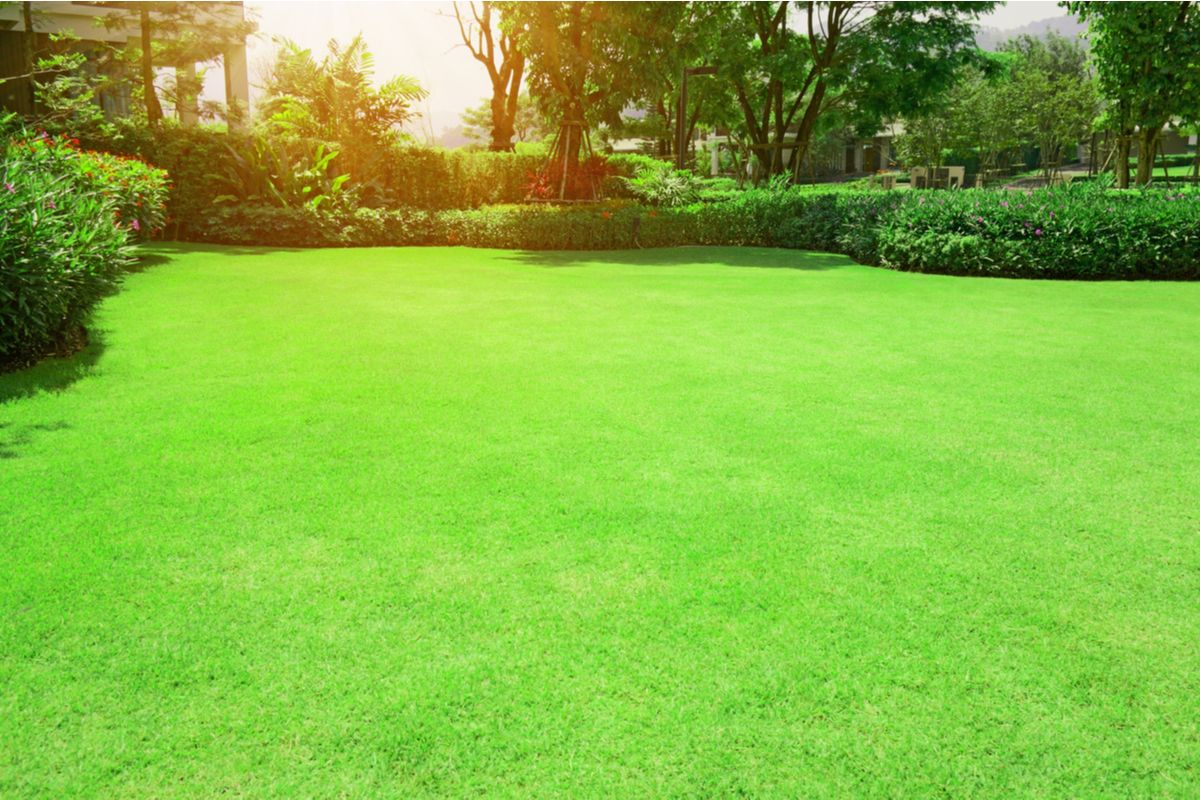
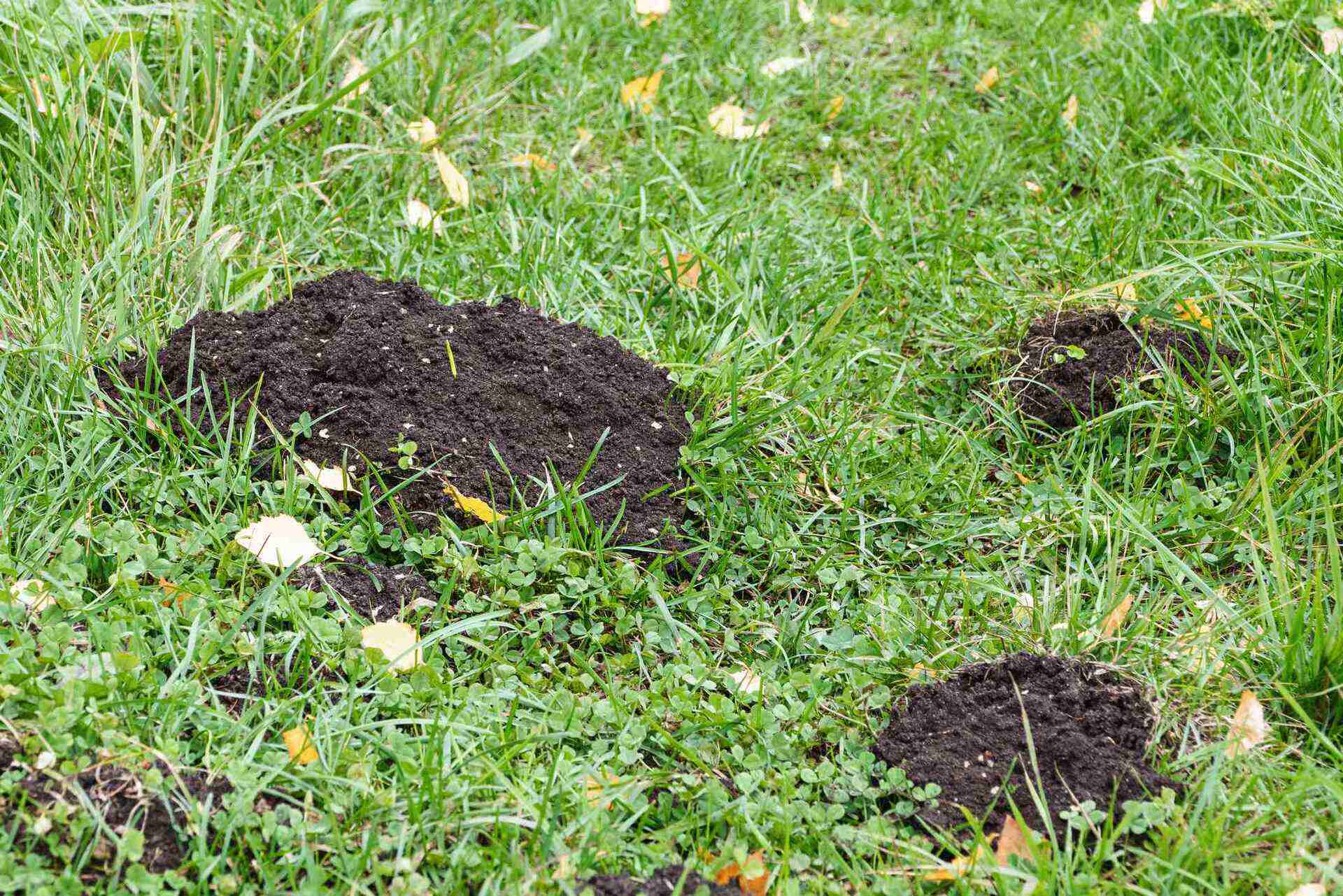
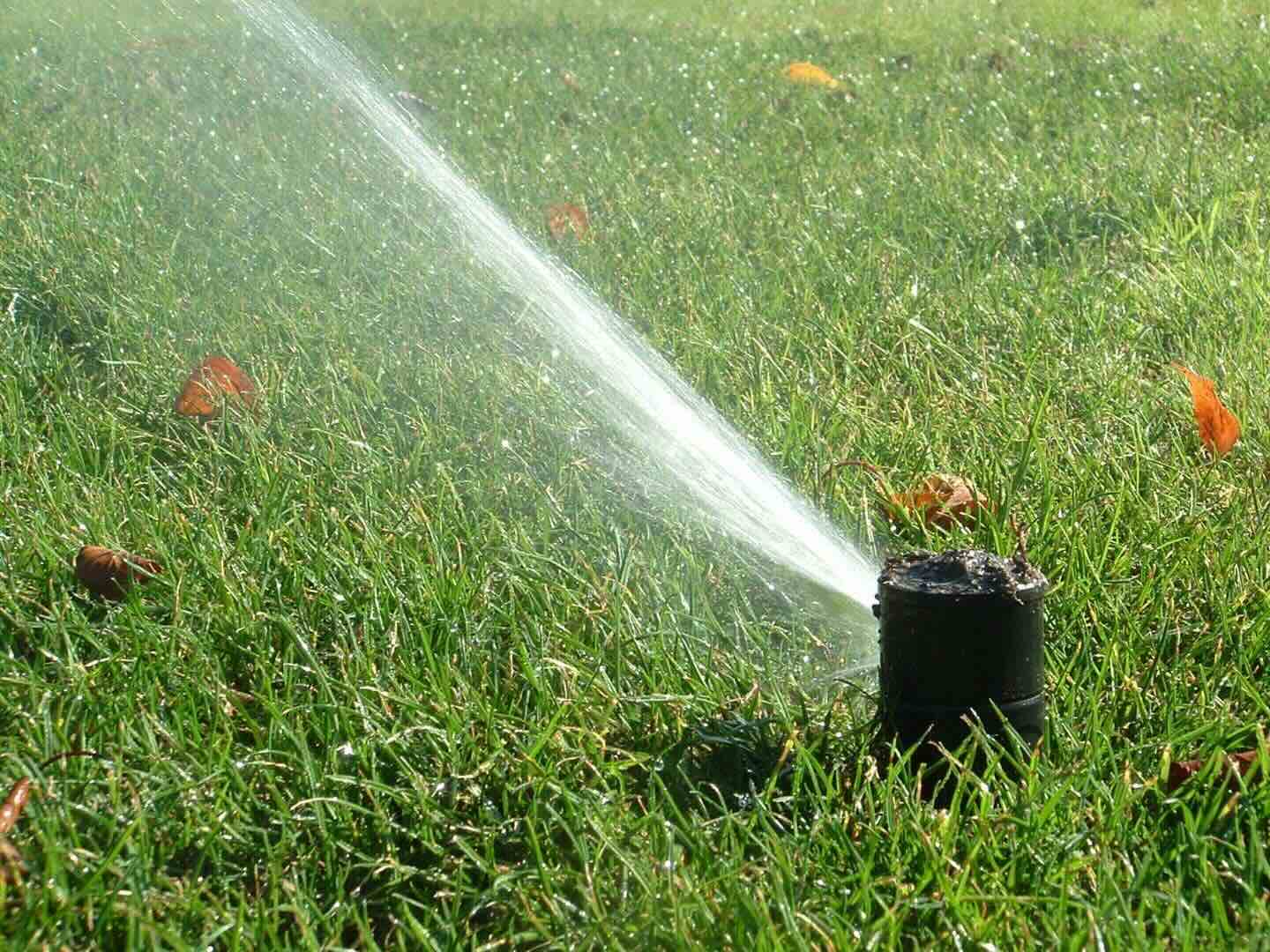
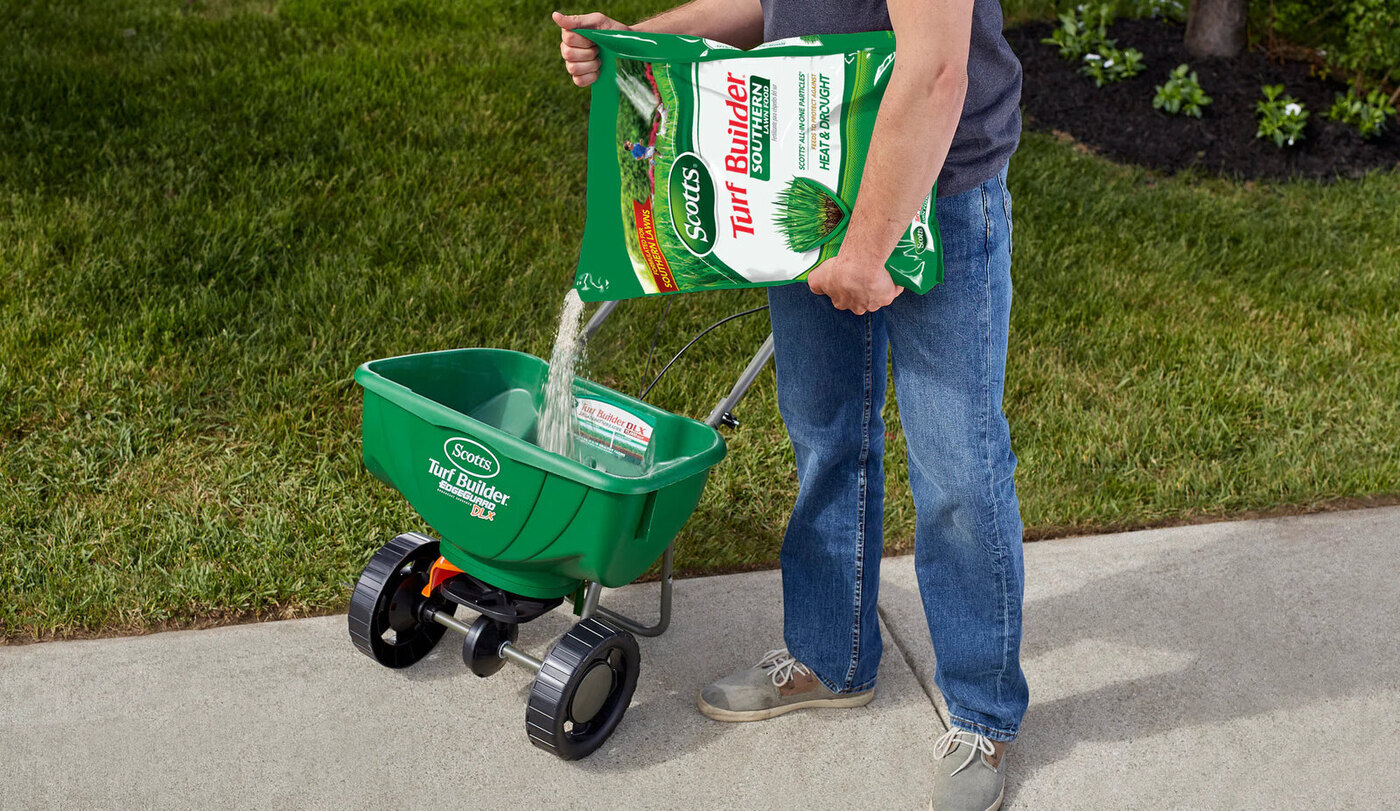
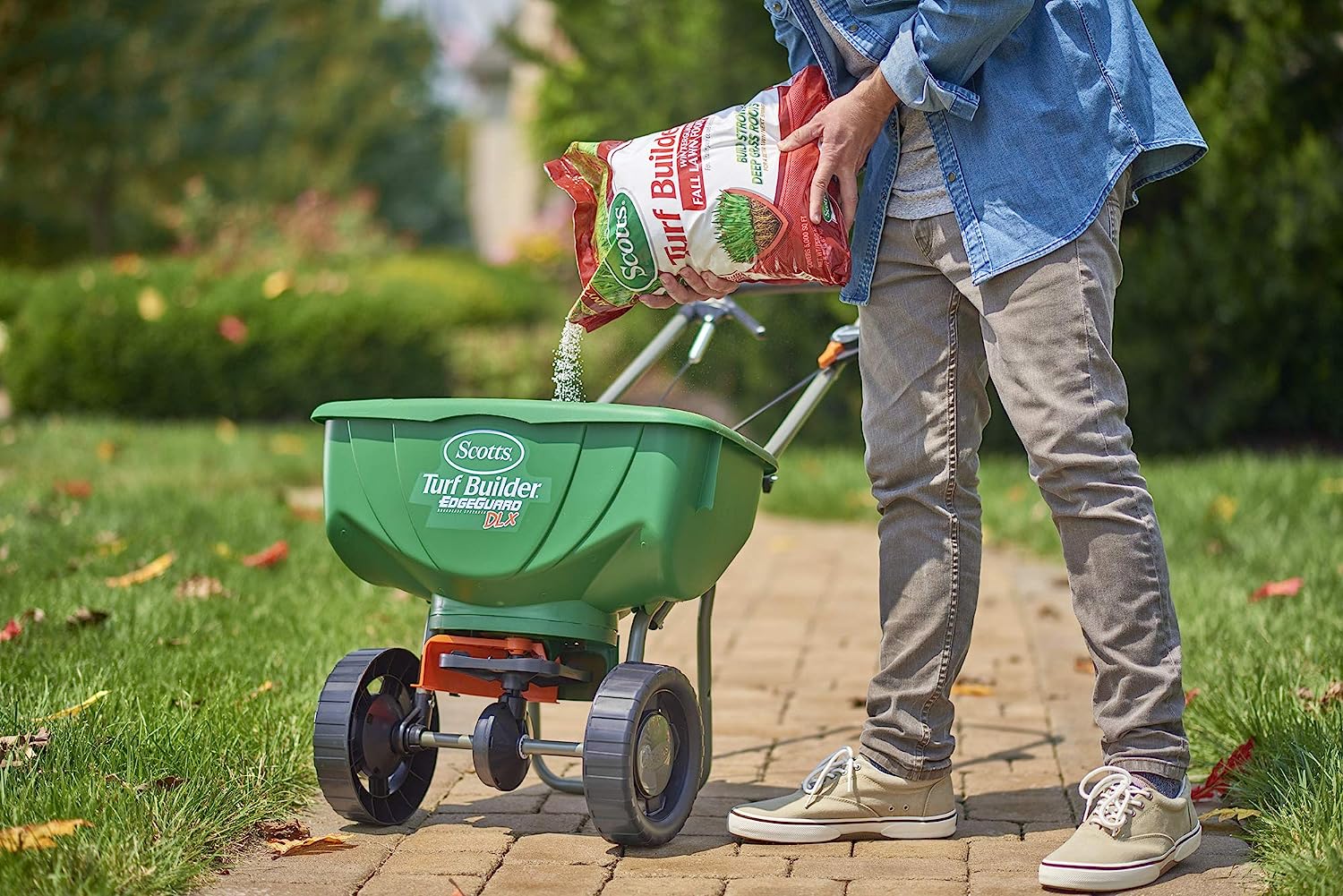

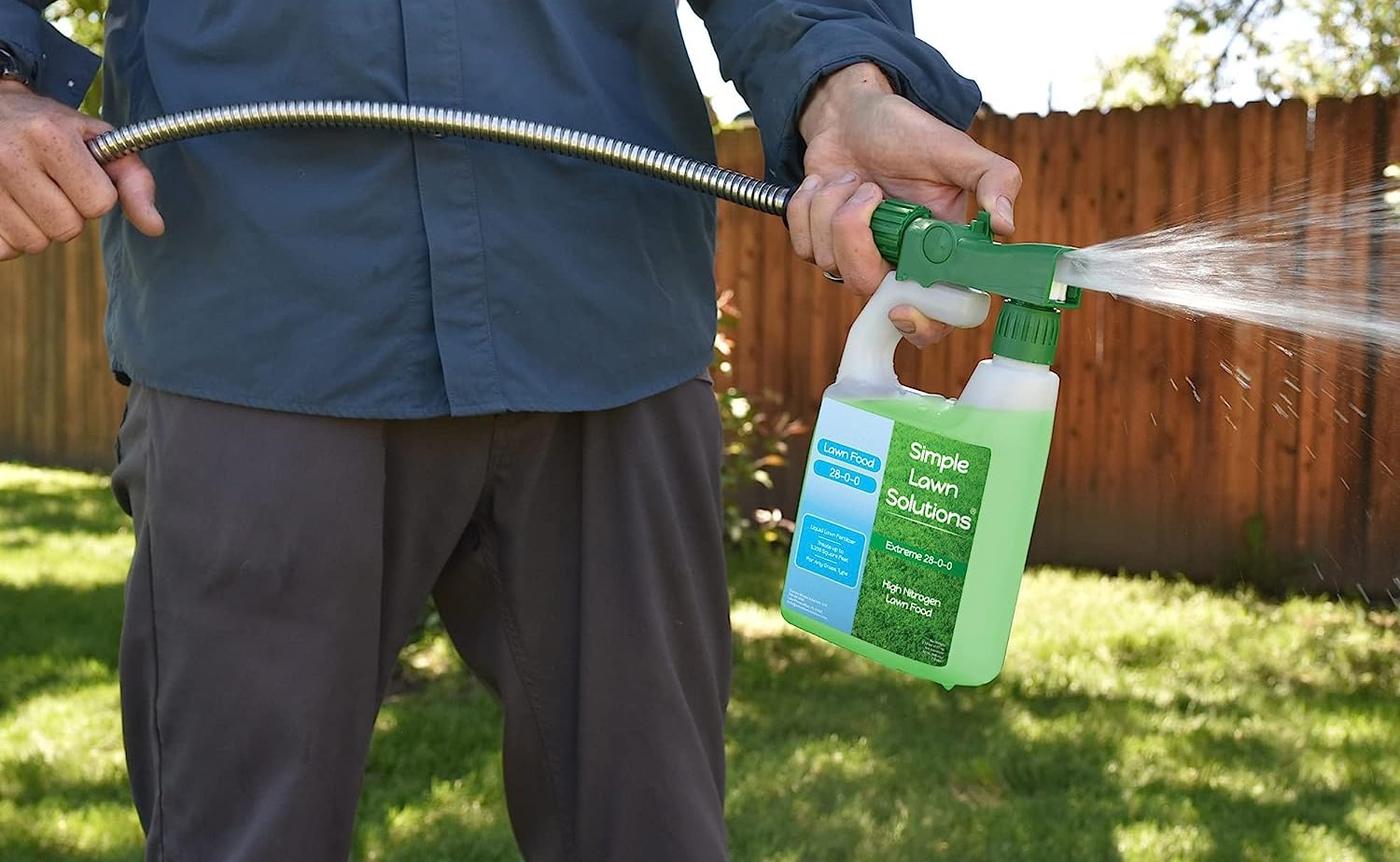


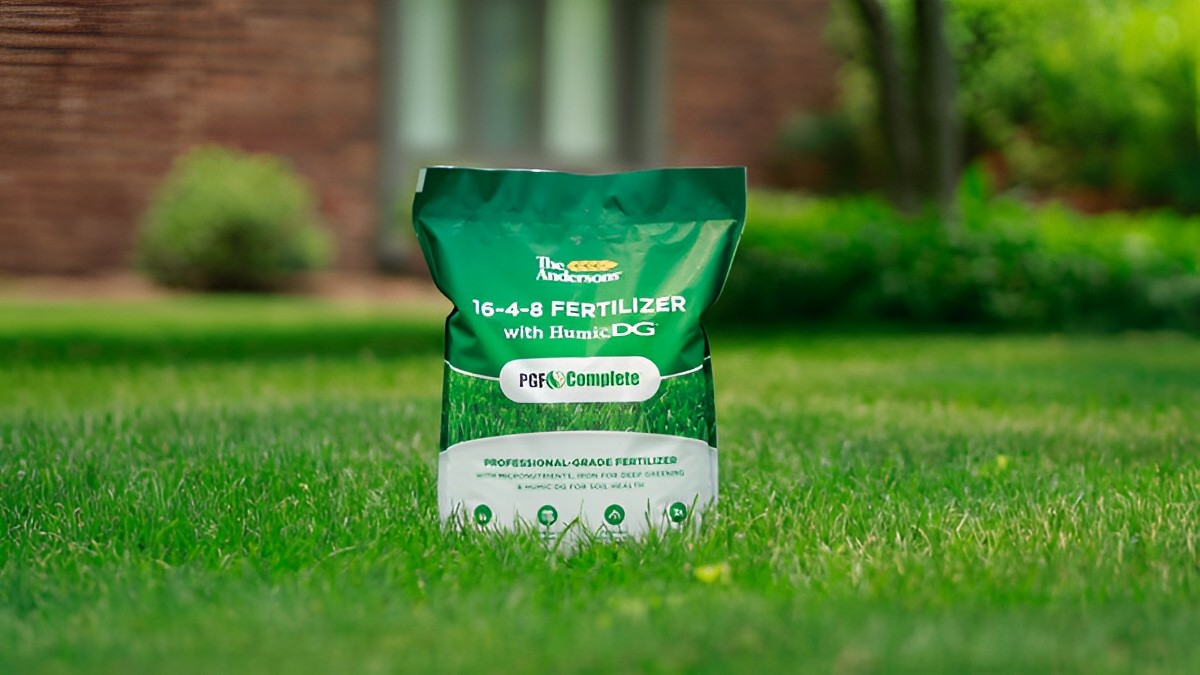



0 thoughts on “How To Divide Up Lawn Care Tasks”